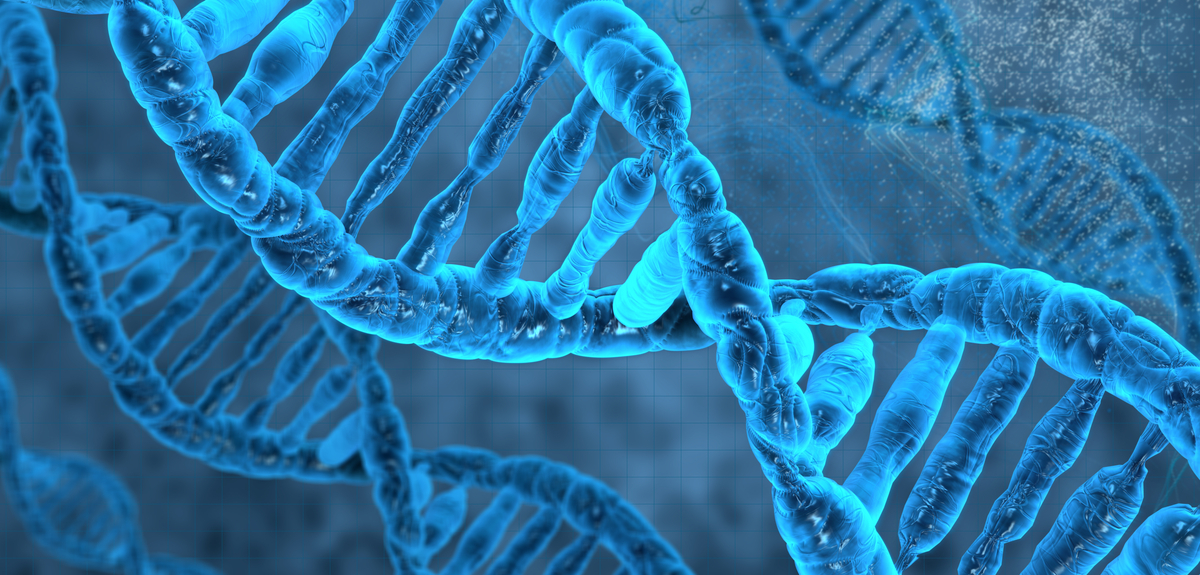Nucleotides: The basic building blocks of DNA are nucleotides, which consist of three components:
Phosphate Group: Provides the backbone structure of the DNA molecule.
Deoxyribose Sugar: A five-carbon sugar that forms the backbone of each DNA strand.
Nitrogenous Base: There are four types of nitrogenous bases in DNA: adenine (A), thymine (T), cytosine (C), and guanine (G). The sequence of these bases along the DNA strand encodes genetic information.
Base Pairing: The two DNA strands are held together by hydrogen bonds between complementary base pairs:
Adenine (A) pairs with Thymine (T)
Cytosine (C) pairs with Guanine (G)
This complementary base pairing is crucial for DNA replication and the transmission of genetic information during cell division.
Functions of DNA:
Genetic Information Storage: DNA carries the genetic instructions that determine the traits of an organism. These instructions are encoded in the sequence of nucleotide bases.
DNA Replication: Before a cell divides, it must make a copy of its DNA through a process called replication. This ensures that each new cell receives a complete set of genetic instructions.
Gene Expression: DNA encodes genes, which are sequences of DNA that specify the structure of proteins or RNA molecules. Gene expression involves transcribing DNA into messenger RNA (mRNA) and then translating mRNA into proteins.
Inheritance: DNA is passed from parent to offspring during reproduction. The combination of genetic material from two parents contributes to the genetic diversity of offspring.
Importance of DNA:
Biological Diversity: DNA is responsible for the immense diversity of life on Earth, as variations in DNA sequences give rise to different traits and characteristics.
Medical Research: Understanding DNA is crucial for studying genetic diseases, developing treatments, and advancing personalized medicine.
Forensic Science: DNA analysis is used in forensic investigations to identify individuals and establish familial relationships.
In summary, DNA is a fundamental molecule in biology, serving as the genetic blueprint that directs the development and functioning of living organisms. Its structure, function, and significance have profound implications across scientific disciplines and practical applications.

